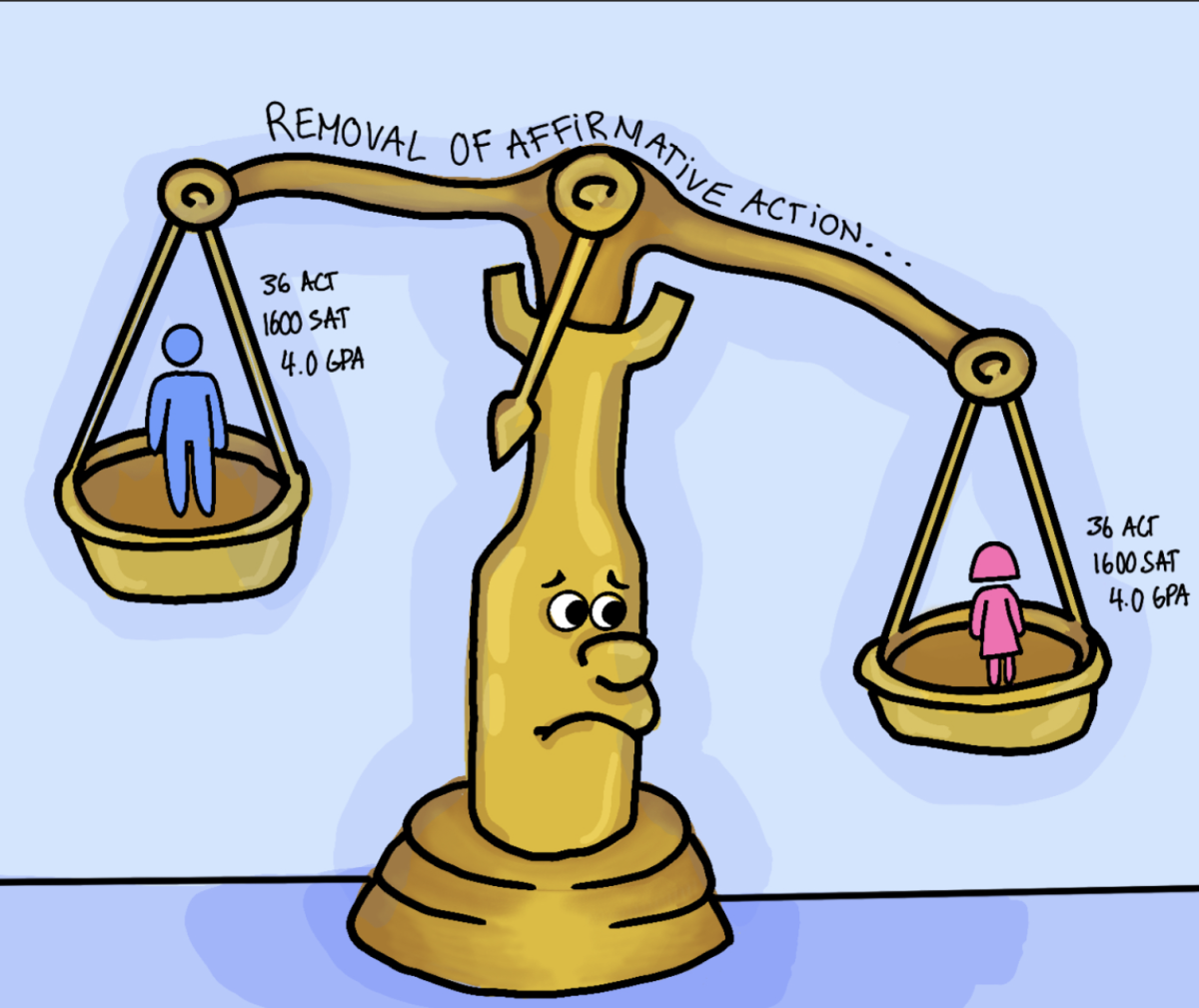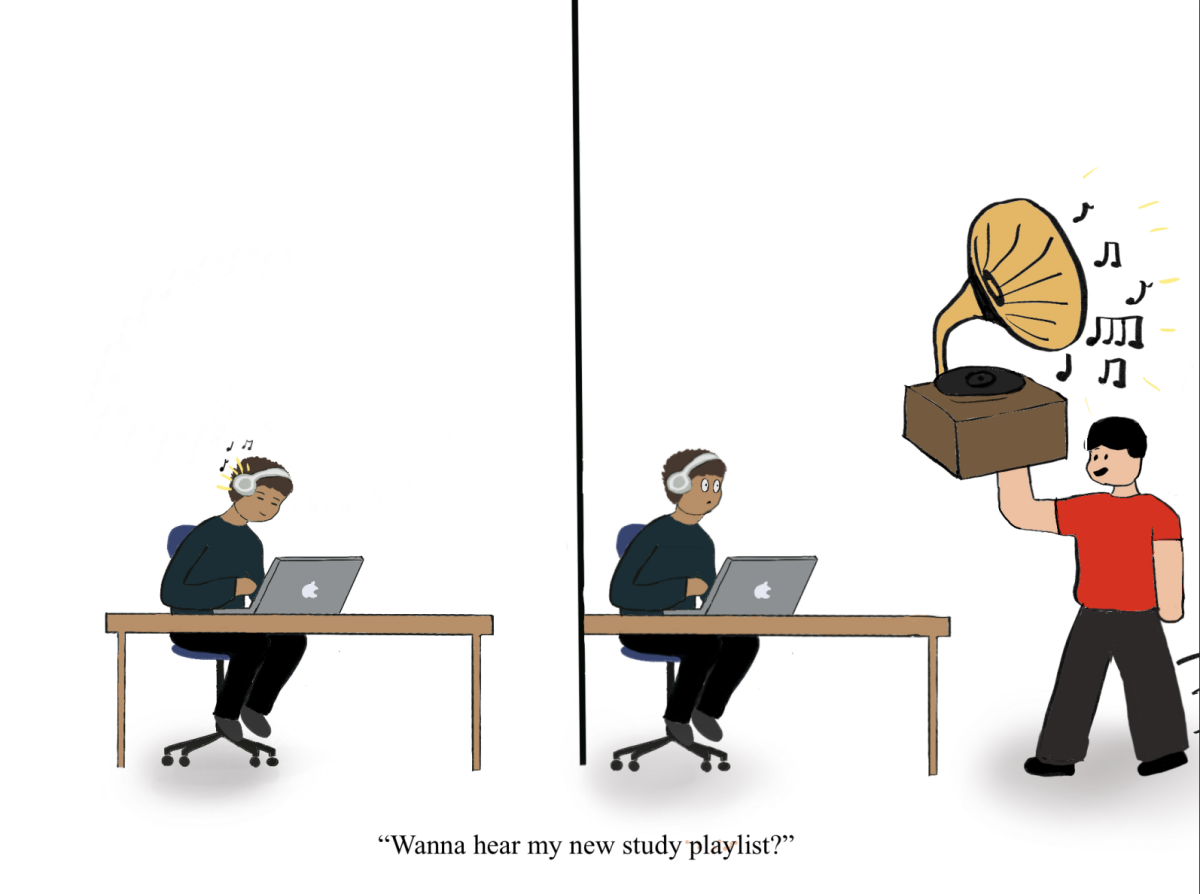On June 29th, 2023, the Supreme Court ruled on the case Students for Fair Admissions v. University of North Carolina that race-based affirmative action in college admissions is unconstitutional, declaring that American universities could no longer ask prospective students their race and therefore would have to follow a “color blind” admissions process.
Affirmative action first emerged during Lyndon B. Johnson’s presidency as he sought to improve education, employment and other opportunities among marginalized groups.
Affirmative action has always been a point of controversy. Many argue that to favor a particular racial group contradicts the promise made in the Declaration of Independence that “all men are created equal” and legally solidifies race, gender and other categories as decisive in terms of the opportunity structure in America.
As the college admission season is fast approaching for the class of 2025, the country enters its second year grappling with the interpretation and implementation of the Supreme Court’s ruling.
When asked about their opinions on the matter, Globe staff agreed that diversity in colleges and universities would likely decrease based on the decision, and that minority groups would have fewer opportunities to participate in higher education.
The Massachusetts Institute of Technology released the racial makeup of its class of 2028, which indicates a sharp fall in the number of admitted Black and Hispanic students. The most recent freshman class at MIT is only 5% black, whereas in prior years black students made up 13%. In addition, Hispanic students, who had represented 15% of the MIT student body, are now only 11%.
Although MIT’s statistics do not reflect the reality for all schools, a trend is clear, with schools that have not yet released updated demographics confirming that diversity in enrollment is universally down: Black and Hispanic students are being affected.
After discussing diversity implications, the staff’s conversation shifted to race-based scholarships, which allow students from certain backgrounds to get financial aid. In the wake of the court’s 2023 decision, these scholarships have been deemed unconstitutional. A Globe staff member mentioned that other scholarships– such as merit and financial-based awards– are still available.
Globe staff generally agreed that these scholarships are vital to help address racial disparities in higher education.
As of the court holding, 13 flagship colleges have removed race-conscious scholarships, worth more than 30 million dollars, thereby eliminating opportunities for thousands of students.
However, some colleges are fighting back, opting to interpret the Court’s ruling differently, with the Pennsylvania State University’s Assistant Vice President, Lisa M. Powers, stating that the holding “focused solely on admissions, it did not impact Penn State’s scholarship awarding.”
There is room for interpretation, as 22 flagship colleges have kept their race-based scholarships despite the decision.
At the end of the discussion, a Globe staff member wondered how colleges will compensate for this seismic change in admissions, and if an overruling of the court’s decision could be possible as soon as the 2026 college admissions season.
Colleges and universities have already created other ways to find out an applicant’s race while still eliminating the check-box from their applications, including supplements that allow or encourage students to describe their family background.
However, ensuring diversity remains difficult for schools, and the difficulty of overturning the court’s current conservative majority ruling, in which six voted to strike down affirmative action in college admissions, makes that an unlikely possibility until the political balance on the court changes.










